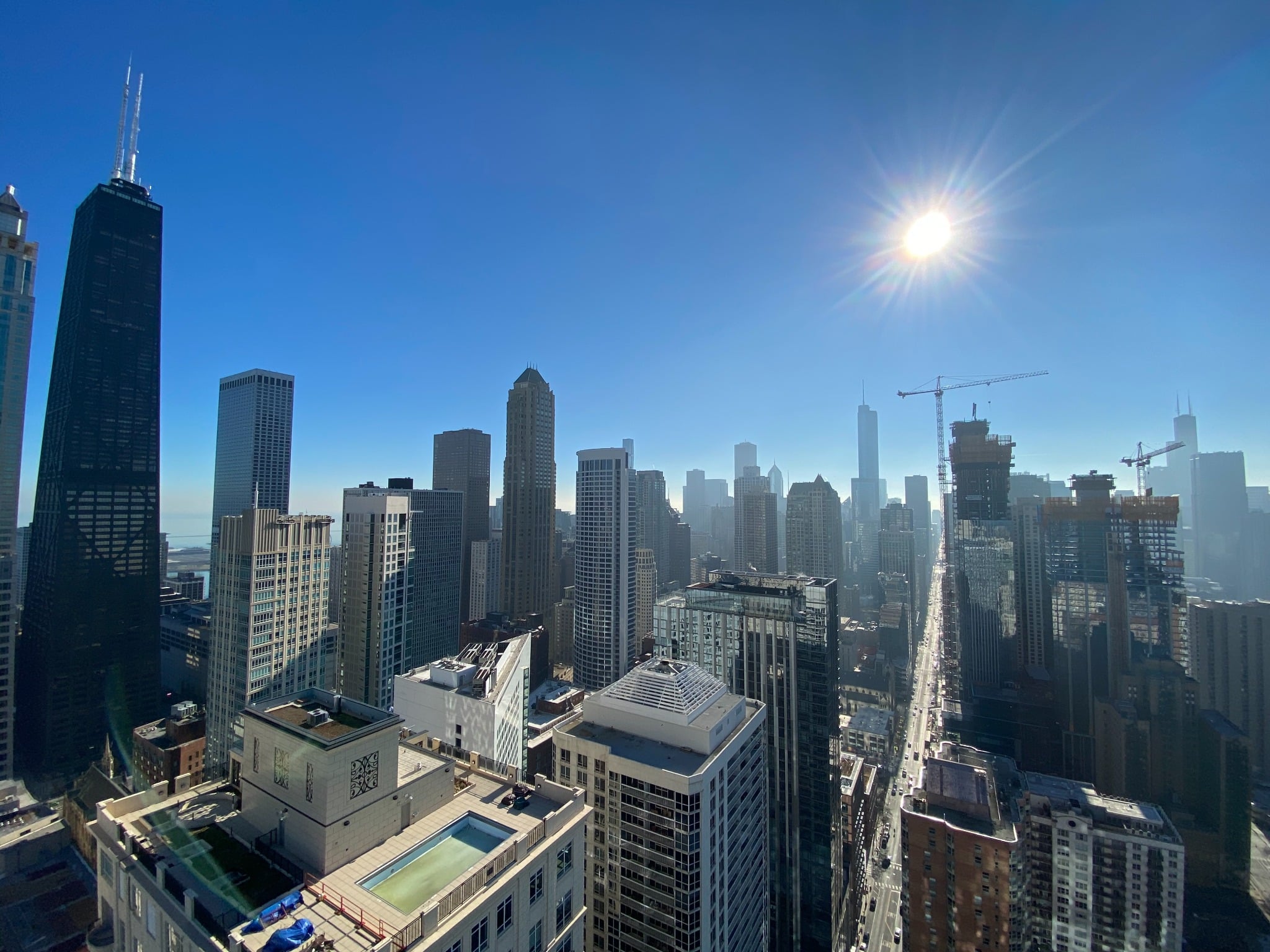Rope access has become the industry standard for safe, efficient exterior building work — from high-rise window cleaning to façade maintenance, inspections, and anchor certification. When performed under strict safety protocols, rope access allows trained technicians to complete complex projects at height faster, safer, and more affordably than traditional scaffolding or lifts.
At Shine On Anchors, we help building owners, managers, and contractors meet every OSHA, ANSI, and IRATA requirement for rope access safety. This 2026 guide covers technician roles, essential equipment, rescue planning, and compliance standards so your next project operates with confidence and full documentation.
What Is Rope Access?
Rope access is a method of working at height using a two-rope system — one main line for support and one backup line for safety. Technicians descend, ascend, or traverse using specialized harnesses and connectors, remaining securely tied to certified roof anchors at all times.
This system is governed by:
-
- OSHA 1910.27 (Rope Descent Systems)
- ANSI Z359.14 (Fall Protection & Equipment Standards)
- IRATA / SPRAT Certification Standards
Rope access minimizes risk by combining redundancy, pre-planning, and rigorous technician training. It’s also ideal for areas where scaffolding or lifts would be impractical or disruptive.
Learn more: Safe Practices for Rope Access Work
The Three Levels of Rope Access Technicians
Every rope access operation relies on a defined chain of responsibility. Each level brings unique training, supervision, and compliance requirements.
Level I — Rope Access Worker
-
- Performs work under supervision.
- Follows job safety analysis (JSA) and uses approved equipment.
- Conducts pre-use inspections of gear and anchors.
🔗 Read more about Level I Technician Duties ›
Level II — Lead Technician
-
- Supervises Level I personnel and assists in rescues.
- Ensures site safety procedures are followed.
- Reviews anchor setups and equipment compatibility.
🔗 Learn about Level II Lead Technician Roles ›
Level III — Supervisor
-
- Leads planning, rescue readiness, and documentation.
- Signs off on inspections, certifications, and compliance reports.
- Provides oversight for all rope access and fall protection operations.
🔗 See Level III Supervisor Responsibilities ›
Tools & Equipment for Safe Rope Access Work
Each component of a rope access system must meet ANSI and manufacturer standards for strength, function, and inspection intervals.
Key components include:
-
- Full-body harness (ANSI Z359-approved)
- Descenders, ascenders, and backup devices
- Static and dynamic ropes rated for fall arrest
- Certified roof anchor points
- Connectors and carabiners rated to 5,000 lbs.
- Helmets, gloves, and PPE
- Tool lanyards and drop-prevention gear
Proper equipment inspection is non-negotiable — Shine On technicians log and tag all gear before and after each use to ensure ongoing compliance.
🔗 Read our Tools & Equipment Safety Post ›
Using Suspended Work Platforms with Rope Access
For large façades or complex structures, suspended work platforms can be used alongside rope access systems. This hybrid approach allows multiple technicians to work simultaneously while maintaining backup safety through certified anchors and harness systems.
Key integration points:
-
- Verify load ratings for both systems.
- Use separate anchor points for suspension and backup lines.
- Maintain clear communication and rescue access between teams.
🔗 Learn More › Use of Suspended Work Platforms in Conjunction with Rope Access
Rescue Planning & Emergency Preparedness
OSHA requires that a rescue plan be developed and practiced for every job. A qualified Level II or Level III technician must be on site to initiate or lead a rescue immediately in case of a fall or medical emergency.
Rescue plans should include:
-
- Access and evacuation routes
- Equipment and personnel assigned for rescue
- Communication and medical response protocols
- Regular review and documentation
(Shine On can assist with on-site rescue planning and refresher training programs.)
Standards & Compliance Requirements
Rope access operations intersect several regulatory bodies and standards:
-
- OSHA 1910.27 & 1910.28 – Rope Descent & Fall Protection
- ANSI Z359.14 – Equipment & System Requirements
- IRATA / SPRAT – Technician Certification & Oversight
- Annual Roof Anchor Certification – Required for all tie-off systems
- Documentation – Maintain inspection logs, proof load test records, and technician certifications
Related Reading: Roof Anchor Certification & Fall Protection in Chicago ›
Common Rope Access Safety Mistakes (and How to Avoid Them)
-
- Using uncertified anchors or connectors
- Failing to perform annual inspections
- Ignoring rope separation between support and safety lines
- Outdated rescue plans
- Lack of technician refresher training
These are preventable issues — regular audits and compliance reviews ensure your system stays safe and fully documented.
🔗 See Common Fall Protection Mistakes ›
Frequently Asked Questions:
Is rope access safer than traditional scaffolding or lifts?
Yes. Rope access has one of the lowest incident rates in the industry when performed under certified supervision.
How often should rope access equipment be inspected?
Before every use, after any incident, and annually by a competent person.
What certifications do rope access technicians need?
Technicians should hold IRATA or SPRAT Level I–III certification, plus OSHA 1910 and ANSI Z359 training.
Can rope access be used for window cleaning and inspections?
Absolutely. Rope access is ideal for exterior maintenance, especially when roof anchors are certified.
Shine On Anchors — Your Rope Access Safety Partner
Shine On Anchors helps building owners and managers nationwide achieve full rope access compliance.
Our services include:
- Roof anchor inspection and certification
- Rope access safety audits
- Fall protection training and documentation
- Equipment inspection and rescue planning
Whether you manage a high-rise, campus, or industrial site, we make sure every worker at height is protected, trained, and compliant.
Ready to Audit Your Rope Access Safety Program?
Schedule a professional rope access safety review with Shine On Anchors.
Request a Rope Access Safety Consultation › call us today at (773) 227-4522 or email anchors@shineongroup.com



